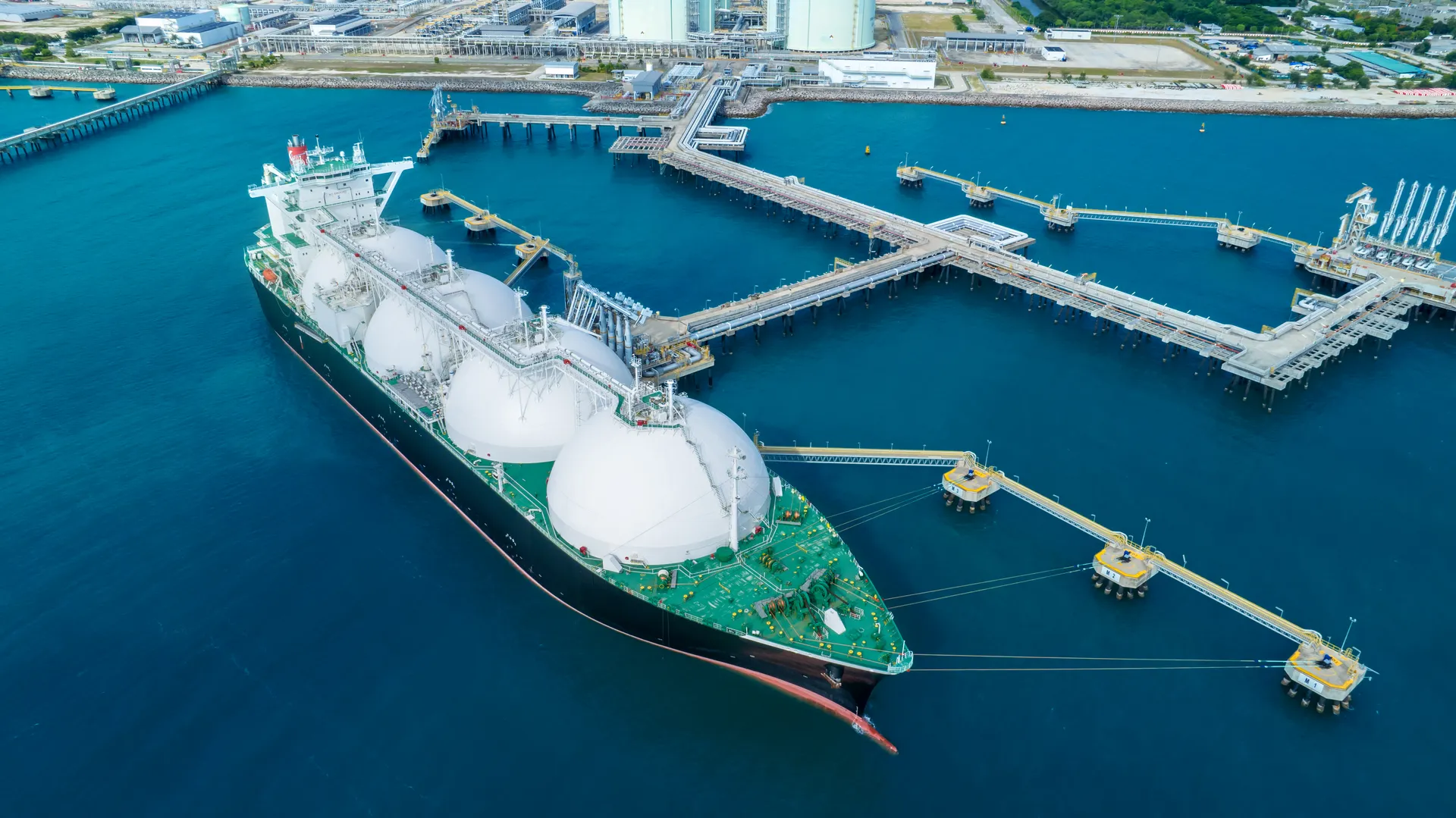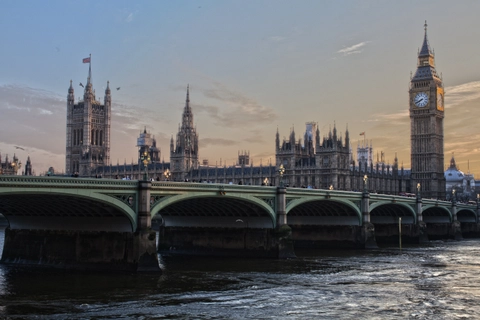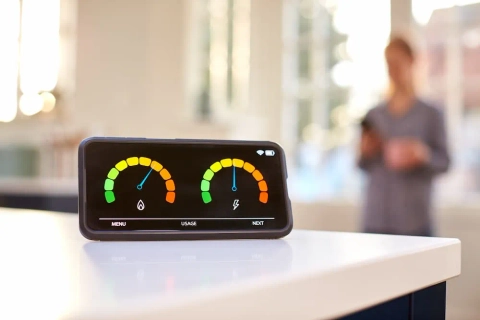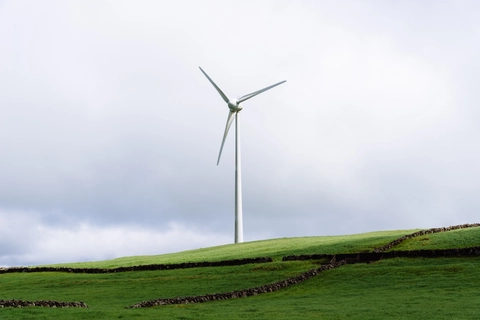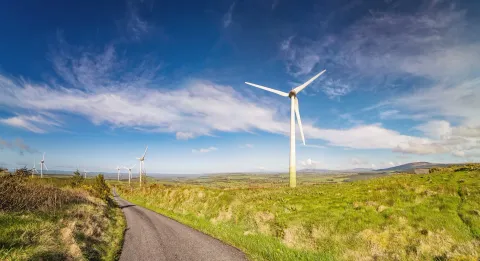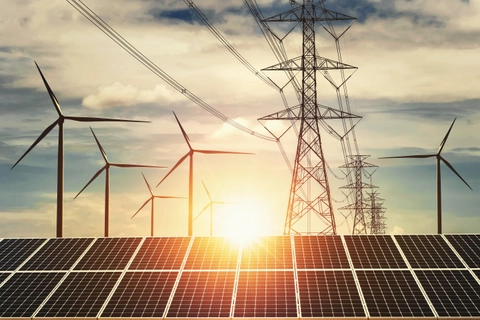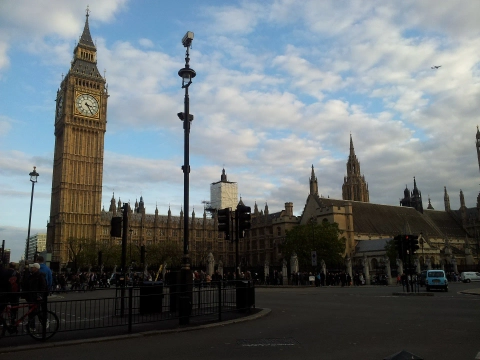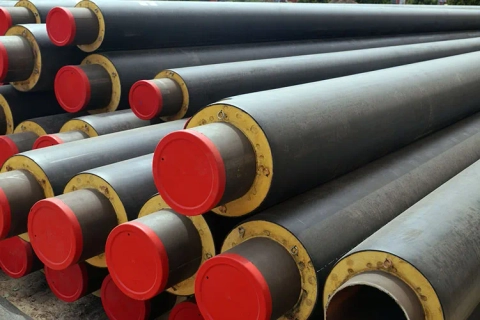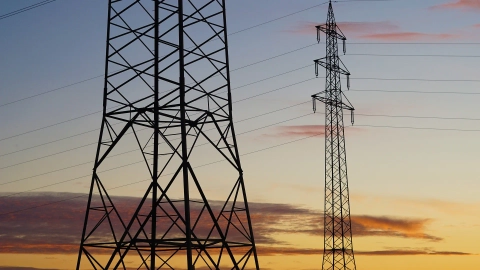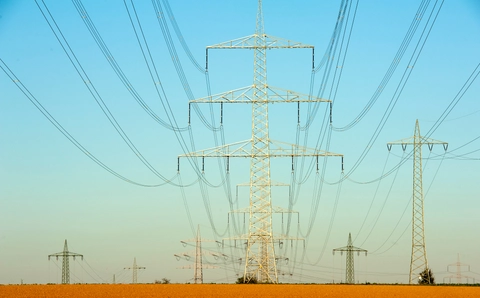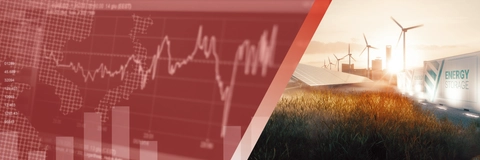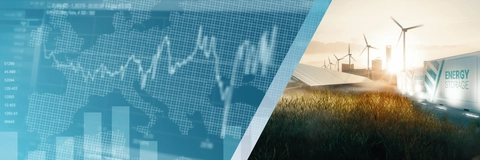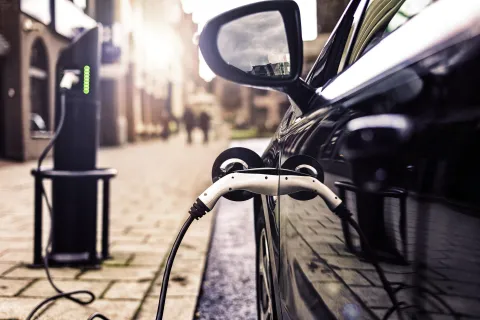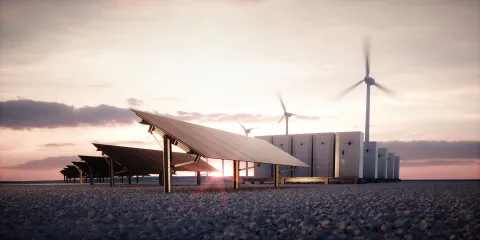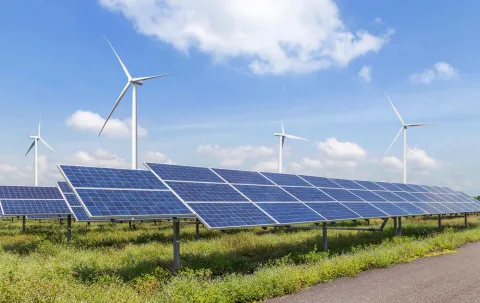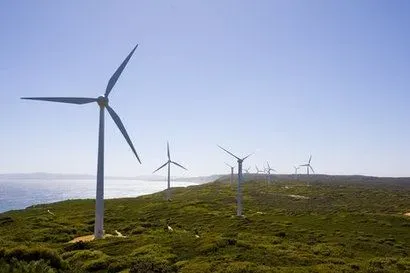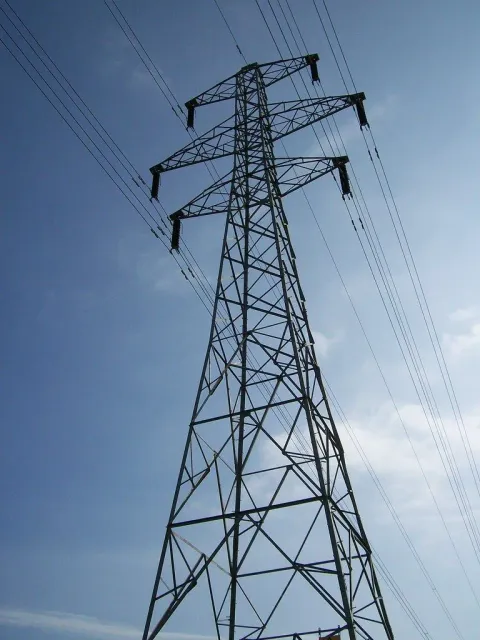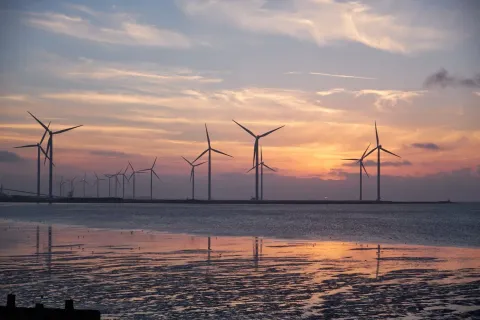Two years ago, on 24 February 2022, Russia launched a large-scale invasion of Ukraine. As well as causing widespread devastation and displacement, resulting in a humanitarian crisis, the ensuing conflict also had a wide range of consequences for the energy sector such as causing a structural change in European gas imports and impacting the energy cost for consumers across the UK and European Union (EU). Prior to Russia’s invasion, the EU and its member states relied heavily on Russian pipeline gas. Although the UK did not source a large amount of its gas from Russian pipeline, it is heavily dependent on gas imports from elsewhere. Consequently, as geopolitical tensions heightened and Russian pipeline supplies to Europe were heavily reduced, increased European gas prices fed through to UK energy bills, fuelling inflation and contributing to subsequent interest rate rises.
This blog explores, how since Russia’s invasion of Ukraine, the UK’s and EU’s natural gas imports have transitioned away from Russian pipeline supplies and towards liquified natural gas (LNG); the short and long-term impacts on UK energy bills; and what issues lie ahead in the LNG transition.
Overcoming dependence on Russian gas
Since the beginning of the invasion, European gas imports have undergone a structural shift away from Russian pipeline gas and towards LNG. The UK and EU achieved this shift in LNG import volumes by:
- Building upon strong existing international partnerships with major exporters of LNG.
- Transitioning towards LNG becoming a primary supply side balancer for natural gas.
Lasting consumer impacts from heightened LNG dependence
The UK’s Default Tariff Cap, which sets the maximum amount energy suppliers can charge for each unit of electricity, increased significantly from Winter 2020/21 (before the Russian invasion of Ukraine) to Spring 2023. It is important to note that whilst the cap has decreased since then, it remains elevated compared to the cap prior to Russia’s invasion of Ukraine. The UK’s long-term transition to LNG as a primary supply side balancer means energy bills are unlikely to return to the levels seen prior to Russia’s invasion of Ukraine. This is partially because:
- LNG is more structurally expensive than pipeline natural gas.
- The price of LNG can be further inflated by factors such as competition from Asian economies.
Consequently, higher long-term energy bills coupled with rising inflation and interest rates has resulted in the average fuel poverty gap – the reduction in required fuel bills that the average fuel poor household needs to not be classed as fuel poor – rising between 2022 and 2023. Whilst the UK Government has implemented support mechanisms for consumers during the energy crisis, such as the Energy Price Guarantee which gave households a discount on their energy bills, it is still estimated by the International Energy Agency (IEA) that the UK ranks amongst the highest for average household electricity prices between 2019 and 2023.
Cornwall Insight’s Benchmark Power Curve (BPC) indicates that wholesale power prices are expected to continue to decline throughout this decade. Comparing this to the average power price during the first half of 2021, consumers are still likely to be paying higher energy bills by 2030 than before Russia’s invasion of Ukraine. This is in part due to the greater reliance on LNG and it being structurally more expensive than pipeline natural gas.
The LNG transition – looking ahead
To avoid large quantities of purchasing on the spot market, where the purchasing landscape can be more competitive and challenging and there is therefore much greater exposure to price volatility, it is important that both the UK and European gas hubs cement long-term LNG deals with the US and Qatar.
Overall, global geopolitical developments have the power to significantly alter the long-term price trajectory and therefore consumers could continue to face financial pressures into 2024 and 2025. It also should be noted that in the long-term, increases in supplies of LNG in its current form is not consistent with the UK’s or EU’s net zero goals. As a result, the current build-out of the infrastructure necessary to meet energy security goals must be balanced against the longer-term decarbonisation trajectory.
If you are interested in learning more about this subject, our latest podcast explores the impact of the Russian invasion of Ukraine on UK energy. Find out more about the discussion between Matthew Smith and Dr Matthew Chadwick.
This blog was taken from our Industry Essential service. If you are a subscriber, log in to your account on CATALYST to read the full blog.
